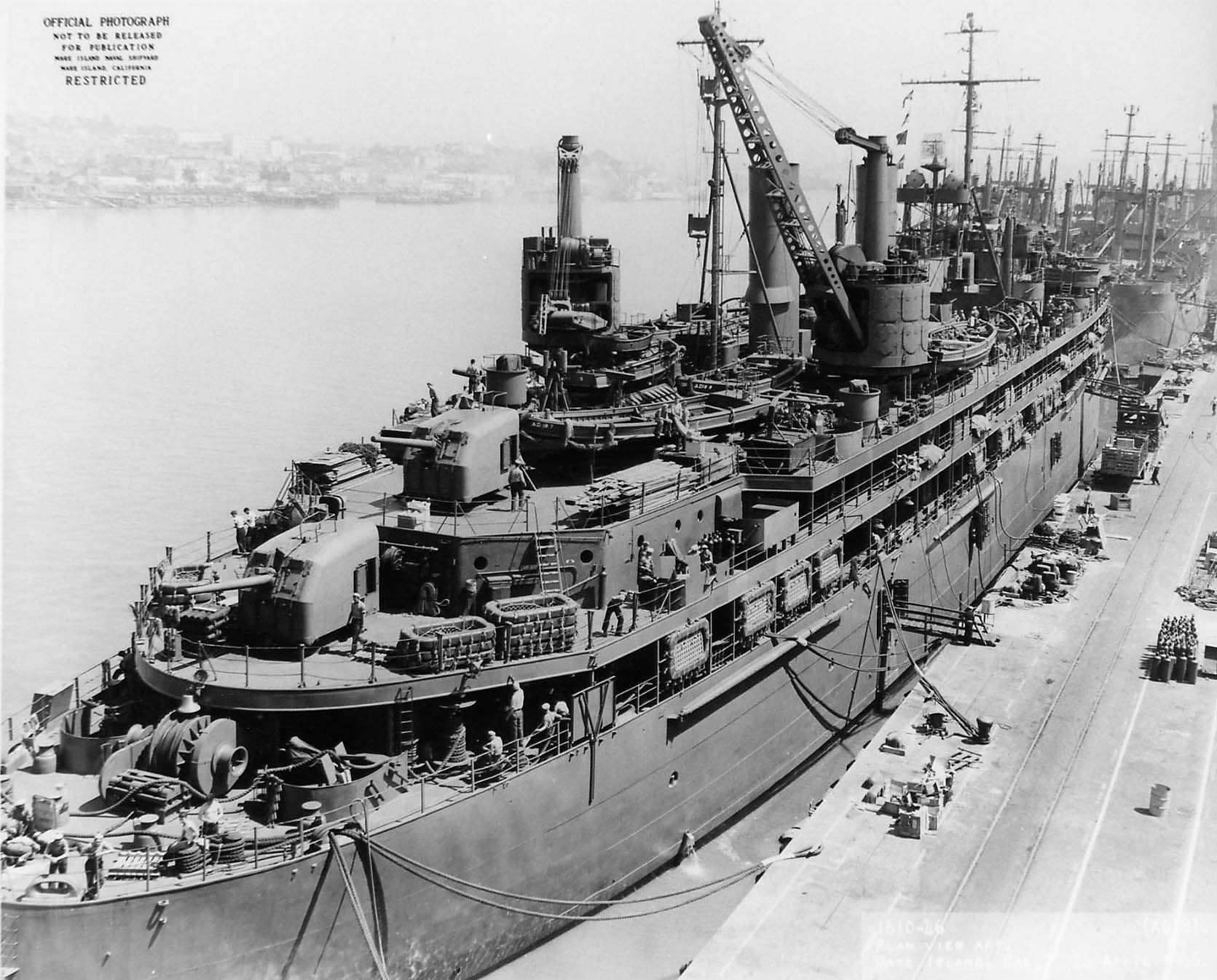

In 1947, the Kahuku Baldwin was retired and sold for display to the Sutro Museum at the Cliff House in San Francisco. Upon completion of its construction, the 12-ton narrow-gauge steam locomotive was transported via sailing ship 14,000 miles around Cape Horn to her new home in Hawaii.įrom 1890 until 1947, the tiny 0-4-2 saddle tank locomotive chugged busily between the tropical peaks of the Koolau Mountains and the crystal blue waters of the Hawaiian seas.ĭuring her lifetime of service, the little steamer served under four flags: the Monarchies of King David Kalakaua and his successor, Queen Liliuokalani, the Republic of Hawaii and, ultimately, the United States Territory of Hawaii.

It was ordered in 1890 by the newly formed Kahuku Plantation Company on the island of Oahu to carry sugar cane from the fields to the mill at Kahuku. 3 engine, the Kahuku Baldwin, has a rich and colorful history dating back to its origins at the famous Baldwin Locomotive Works of Philadelphia, Pennsylvania. This two-truck Heisler engine weighs 37 tons, has a tractive effort of 14,000 lbs., has 36-inch diameter drivers, and can maintain a steam pressure of 200 pounds with its cylinders that measure 10 by 15 inches. The Heisler locomotive was favored by lumbermen for its geared drive, which allowed for dependable operation up steep grades and tightly turning mountain tracks, even with heavy loads. It holds the distinction of being the last steam engine in commercial lumber service at Tuolumne.īuilt by Stearns Manufacturing Company in Erie, Pennsylvania, the Tuolumne was designed by Charles L. When she was saved from the scrap heap and purchased in 1962 by Roaring Camp & Big Trees for $7,000, the engine was the last operating steam locomotive of the Old West Side Lumber Company. 2 was ordered by the Hetch Hetchy & Yosemite Valleys Railroad in 1899 to operate at the West Side Flume & Lumber Company Sawmill near Tuolumne City, California.

Named “Tuolumne,” Roaring Camp’s Heisler Engine No. Norman Clark and Georgiana serves the company as its CEO continuing to preserve a piece of the 1880’s and early California that was the dream of Founder, F. Today, Melani Clark, daughter of Roaring Camp Founder, F. Georgiana passed away in 2012 but not before she was awarded with the San Lorenzo Businesswoman of the Year Award, an NTA Pioneer Award and The California Travel Industry’s Lifetime Achievement Award. His wife, Georgiana, the longtime Vice President of Operations was elected chief executive officer by the respective board. Tragically in December 1985, Norman Clark passed away of pneumonia resulting from his selfless work to open the Santa Cruz, Big Trees & Pacific Railway. The dream of preserving a piece of the 1880s and early California was the dream of Roaring Camps Founder F. In 2013, the Roaring Camp & Big Trees Narrow Gauge RR celebrated its Golden Anniversary (50 years) and the Santa Cruz, Big Trees & Pacific RY has been operating along the 1875 Santa Cruz & Felton route since 1985. The area’s first railroad, the Santa Cruz & Felton, began carrying tourists to the Big Trees and the beach in 1875. Fortunately, the Big Trees here were spared the woodman’s axe, and 25 years later became the first virgin stand of coastal redwoods to be protected from logging. In 1842, Graham established the first saw mill west of the Mississippi. Soon after, Mexican authorities named Graham’s wild settlement “Roaring Camp.” Mountain man, Isaac Graham, settled here in the 1830s.


 0 kommentar(er)
0 kommentar(er)
